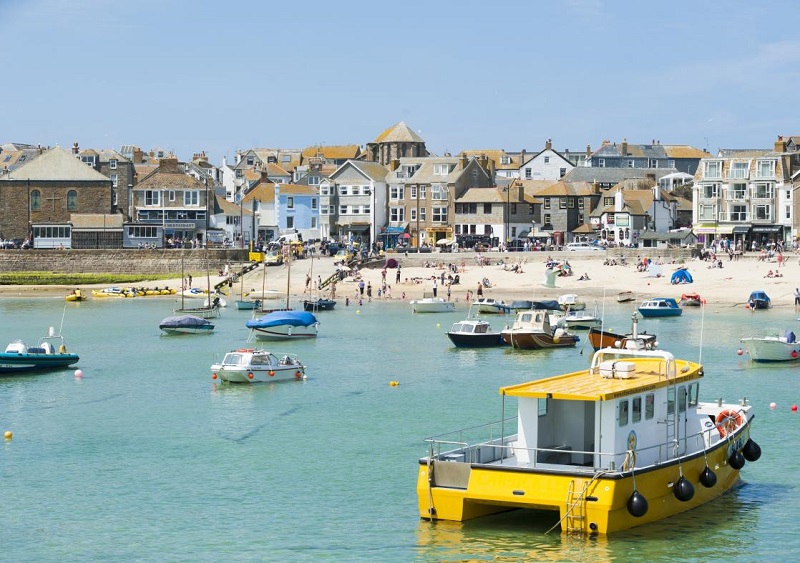In May 2016, the idyllic Cornish coastal town of St Ives voted in a referendum to reserve houses in new developments for people who live in the area full time and to ban the sale to second home owners. Since then several towns across the UK have brought forward plans to vote on allowing new housing developments to be reserved just for locals. This has prompted us at Rye News to investigate the St Ives case and if there are any implications for Rye.
There is no doubt that many parts of the UK, including Rye, are experiencing a worsening housing crisis where the price of a house far outstrips local wages. There are a number of causes for this, not least the restrictions in supply as new homes just aren’t being built quickly enough to off-set the change in the composition of households.
In the case of St Ives, the reason often given is that the number of people owning more than one home has pushed up prices in that town beyond the means of locals living there full time.
Nationally less than 1% of homes are second homes but they are heavily concentrated in attractive towns with a thriving tourist trade, places like St Ives and Rye. A second home is defined in law as one that acts a holiday home, and is used by the owners during weekends and holidays, as well as homes that are more commercially run and being rented out regularly as holiday lets.
In St Ives’s case, the number of second homes topped 25% of the housing stock and therefore residents felt compelled to act. In last year’s referendum 80% voted to restrict the purchase of newly built homes to only those that live in St Ives full time.
Using the 2011 census, the latest data available for Rye, of the 2,311 dwellings in Rye 156, or 7%, are either holiday lets or second homes for weekenders. While this figure is substantially lower than St Ives it still begs the question, should new housing development in Rye be set aside for locals to live in?
The St Ives ban was part of the St Ives Area Neighbourhood Development Plan. It stipulated that developers would not be allowed to sell new homes to anyone who was resident elsewhere. And here is the first hurdle if residents of Rye wanted to go down this route, because the draft Neighbourhood Plan, (currently in its eighth version), does not include this clause.
St Ives recently cleared the second hurdle, which came in the form of a court case brought against Cornwall Council by a local architect. The High Court ruled that it was lawful for Cornwall Council to stipulate that new homes should be occupied as a primary residence. The current question for St Ives is: will Cornwall Council, who approve planning applications, abide by the local referendum?
It is worth noting that the St Ives referendum was only aimed at new housing developments and does not restrict the sale of existing houses as second homes. With little land left to develop in St Ives some locals question how it will ultimately help those in the town looking to get onto the housing ladder. The question for Rye, which is an equally compact town but with a few large plots earmarked for housing development: would you want to take the same approach and vote to exclude out-of-towners from buying second homes within the new developments? Or would that adversely affect the tourist trade, on which so much of the town relies?
Photo: Visitcornwall.com




The Neighbourhood Planners have considered this issue during the planning process In Rye we record around 175 second homes ( of some 2500 total homes) or “buy to let” but this figure rises when all categories of “weekenders” are considered. In those communities where policies have been considered for new builds to favour “locals” there have been High Court challenges as above. We all know that “market forces” prevail across GB with first time buyers competing with “downsizers” with resources and second home buyers with cash. For premium properties, agents engineer sales for those with the means to complete early. Our conclusion was that no realistic measure would secure cheap homes for locals. Our focus has been to ensure that there will be new homes in places which we can influence. Views on this and any other planning subject will be welcome.
One of the biggest worry’s is people buying homes in our town, and just sitting on them, as it is a better way to make an income, than the paltry interest rates from the bank, I know of at least one house in the town, that hasn’t been lived in for 27 years, and it is a disgrace.